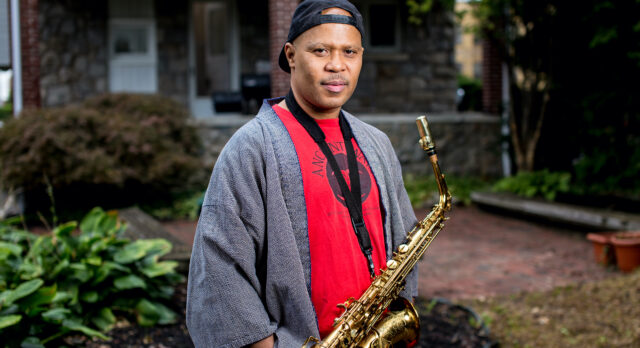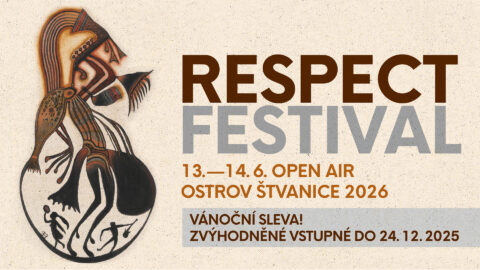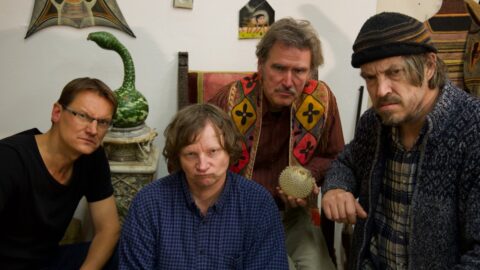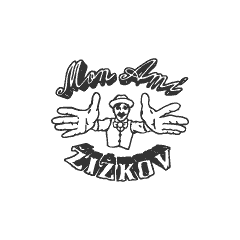"Steve Coleman is, in my opinion, as important as John Coltrane," says jazz pianist Vijay Iyer. Over a career spanning fifty years, Steve Coleman has charted in detail the paths of jazz improvisation, its relationship to African roots and philosophical concepts. He has influenced two generations of jazz musicians and was one of the initiators of the M-base movement, which began in Brooklyn in the 1980s and encompasses dance and poetry alongside music. Although his credits elude the general public, he is held in the highest regard among jazz musicians and professionals. He offers his albums for free download, has devoted great effort to jazz education, and his weekly workshops at the Jazz Gallery in New York from 2004-2013 have made history. He has spent his life as a musician seeking new avenues to enrich the musical world. His ideas, once considered unconventional and inaccessible, have become the backbone of contemporary jazz. In Prague, he will be joined by his top colleagues, Canadian bassist Rich Brown and American drummer Sean Rickman.
Coleman grew up in Chicago’s black South Side neighborhood, which, by the way, is where Barrack Obama is from. He played saxophone from the age of 13 and discovered Charlie Parker through his father. When he heard the New York jazzmen in concert in Chicago, he made a life decision. He hitchhiked to New York, where within months he got his first lucrative offers from the jazz greats. First from the Thad Jones-Mel Lewis band, then from Cecil Taylor. Alongside that, he earned a living with a street band, which later evolved into the ensemble Steve Coleman & Five Elements, a laboratory for new ways and methods. Coleman applied these to the M-Base movement, along with his knowledge from his travels to Africa and Cuba. Since the 1980s, he has influenced dozens of artists with his visionary work, including Cassandra Wilson, Geri Allen, Dave Holland, Vijay Iyer and others.
In 1993, Coleman went to Ghana for the first time to study the relationship between music and speech. Among his destinations was the village of Yendi, where he explored the communication method still used today, created by drums. A year later, he met philosopher Thomas Goodwin, who specialized in ancient Egyptian civilization. Further travels led to the study of the Yoruba ethnic group in Nigeria, as well as spiritual teachings such as voodoo in Haiti, Santeria in Cuba and Candomblé in Brazil. In 1996, he settled with ten musicians and dancers in Cuba, and in 1998 he traveled to southern India to participate in musicology exchange workshops. When he met free-jazz pioneer Milford Graves in 2011, it inspired a method of totally spontaneous composition in a state on the edge of trance, which is captured on the album Functional Arrhythmias.
















